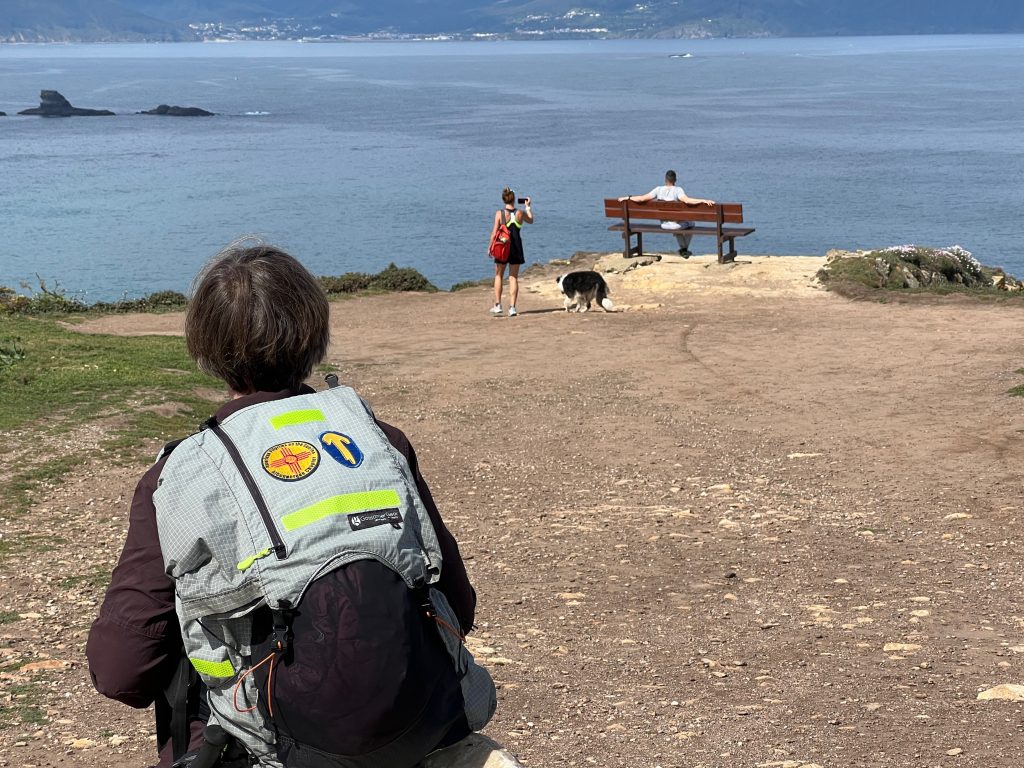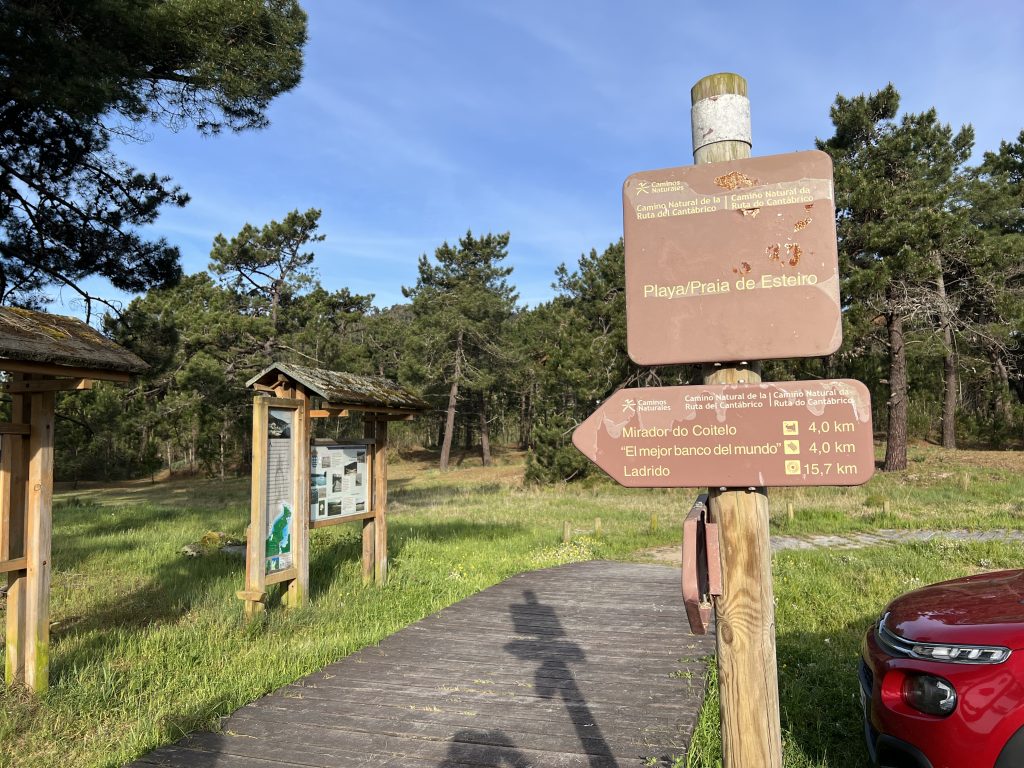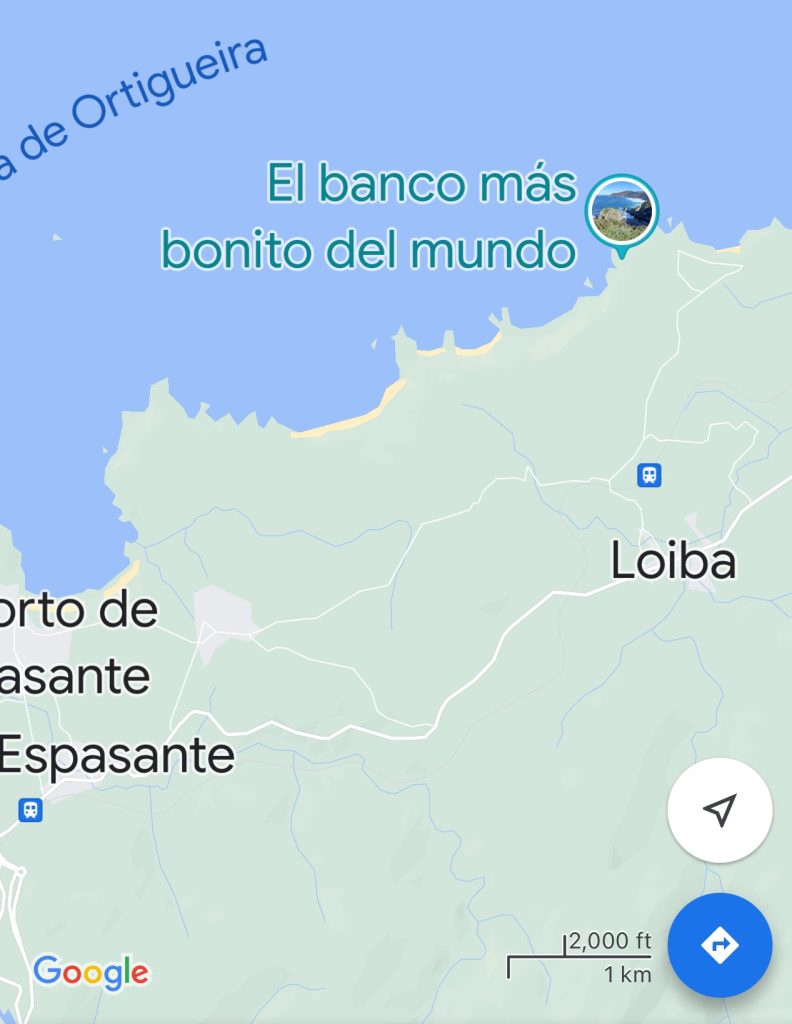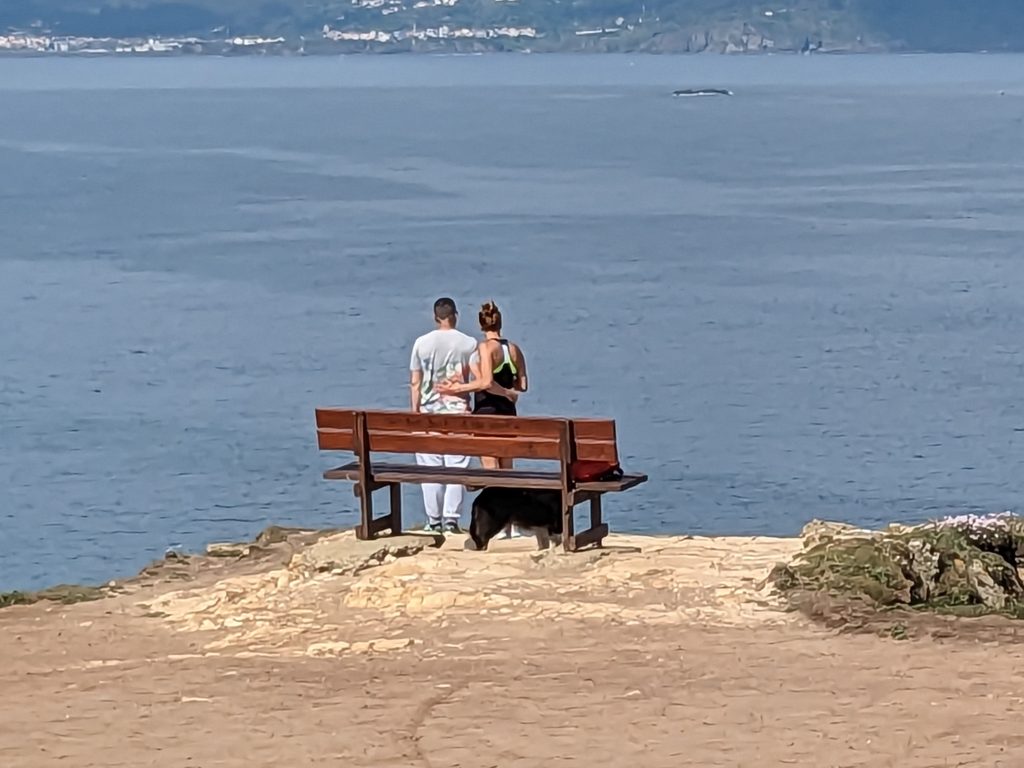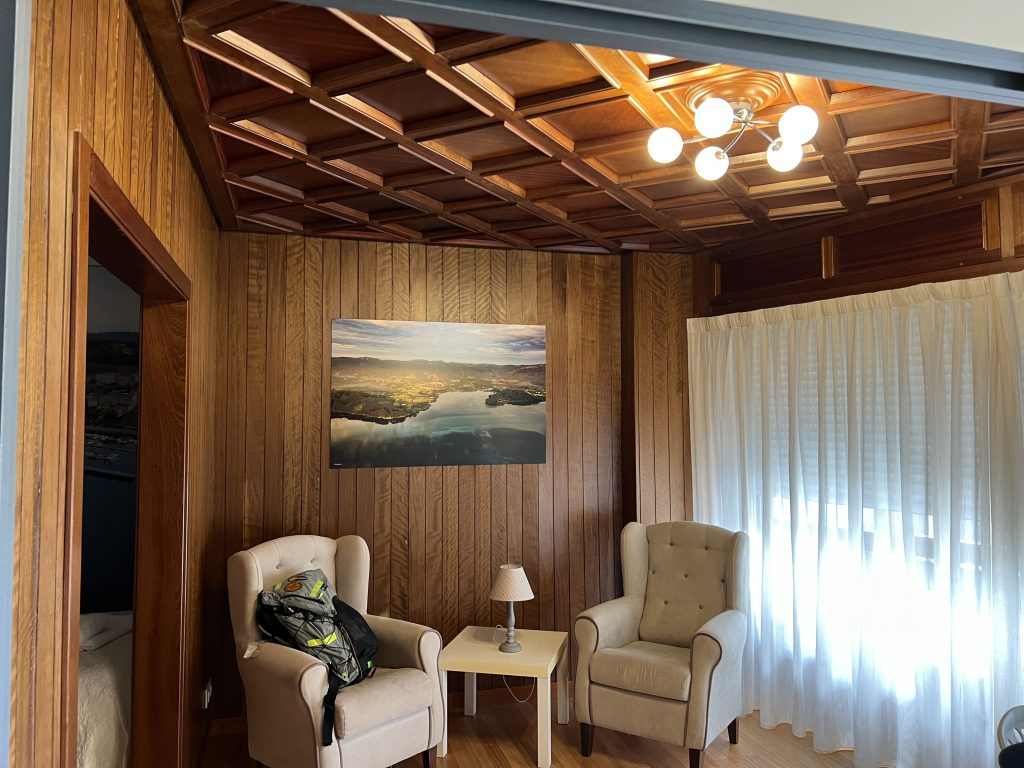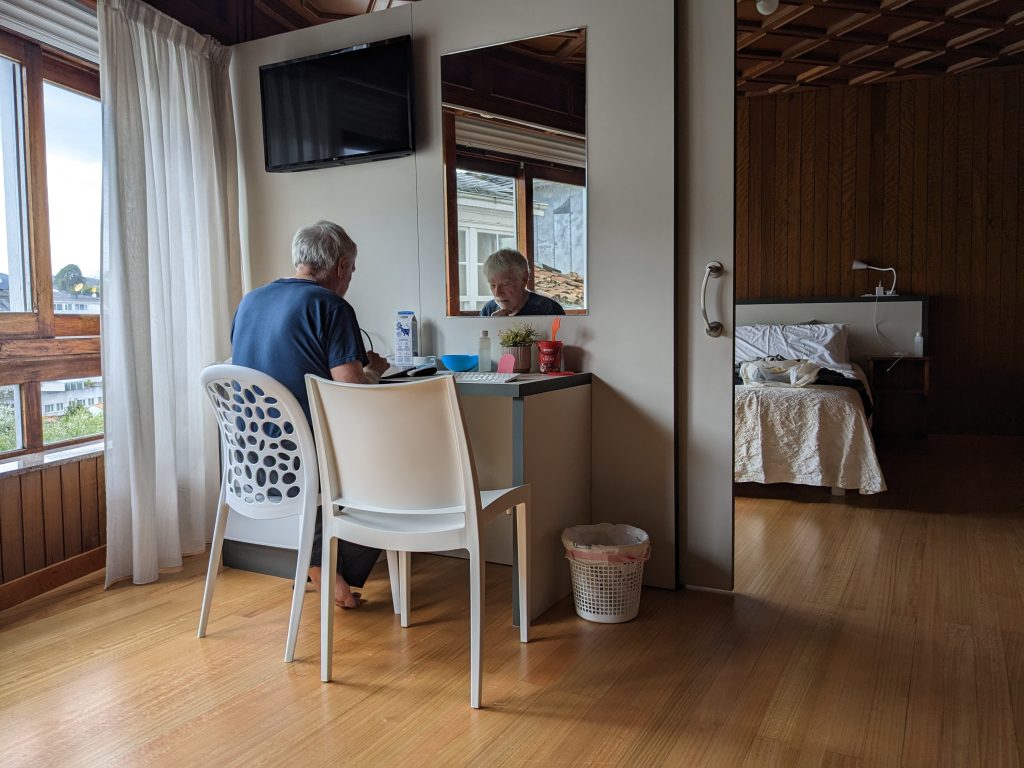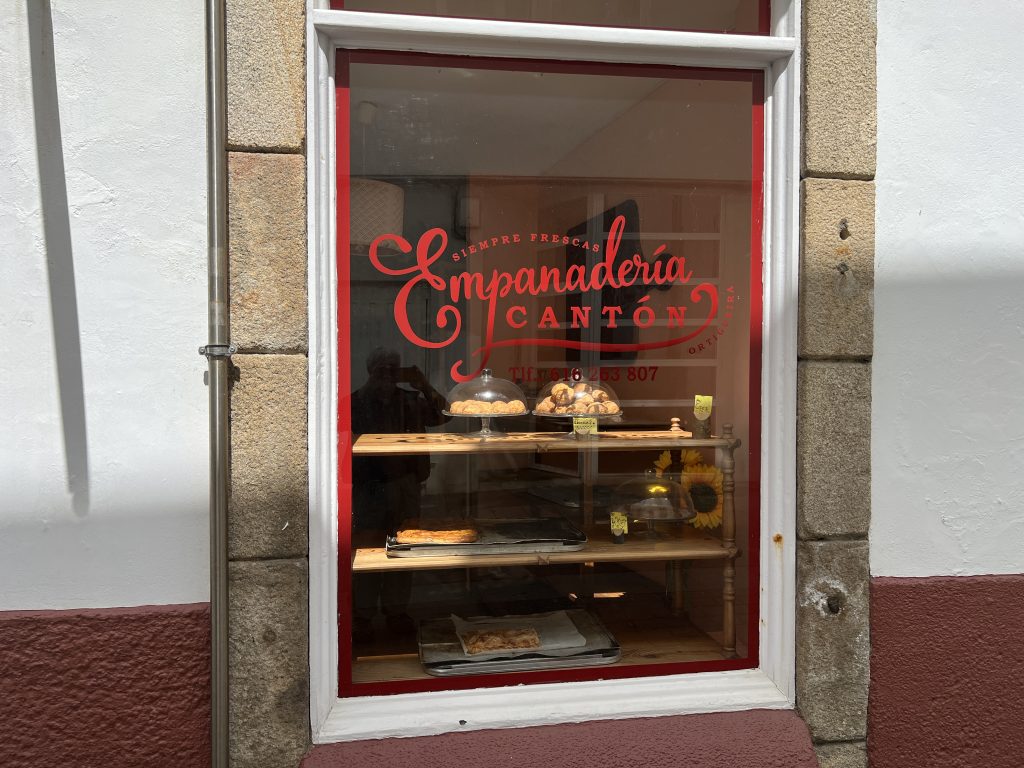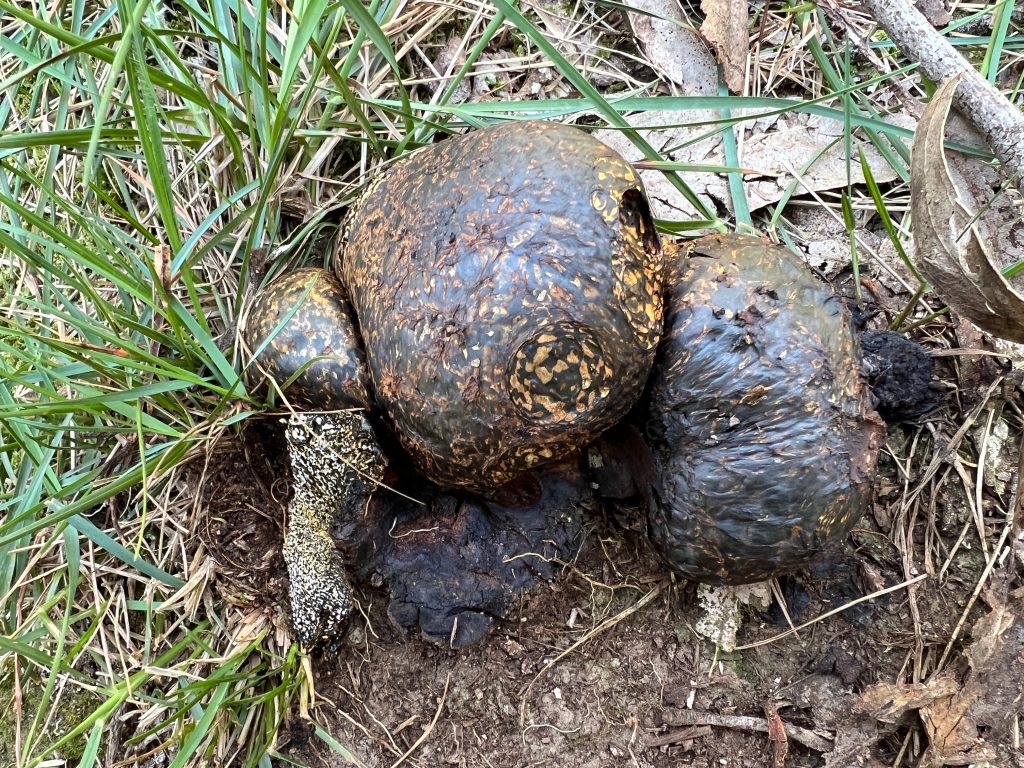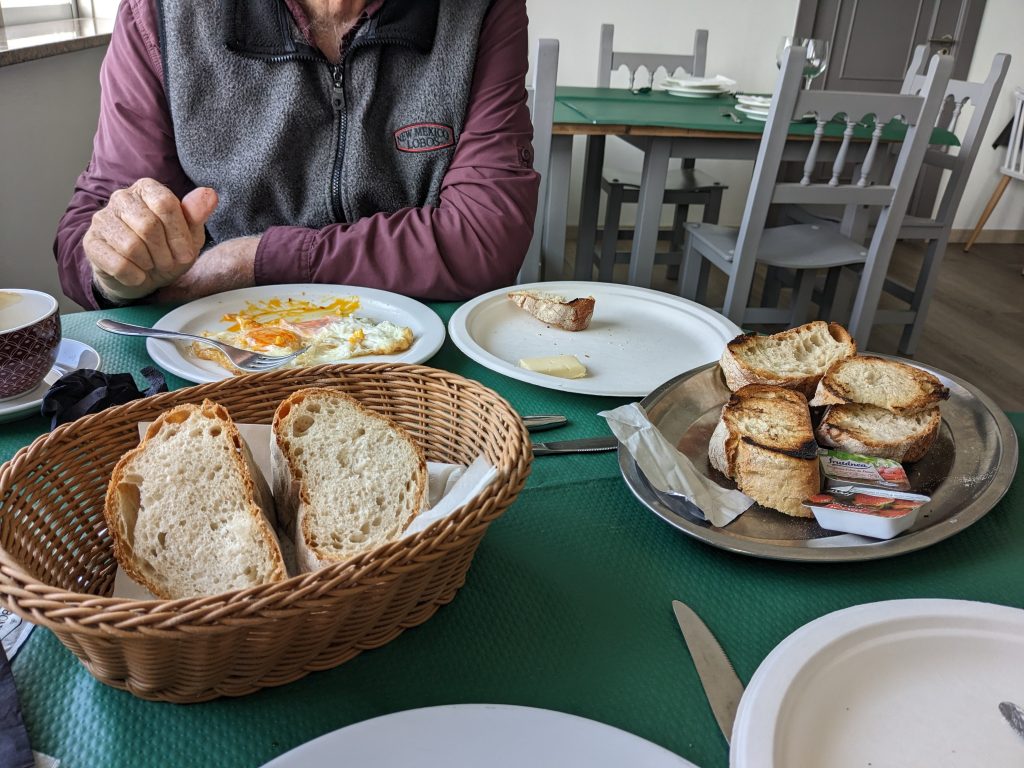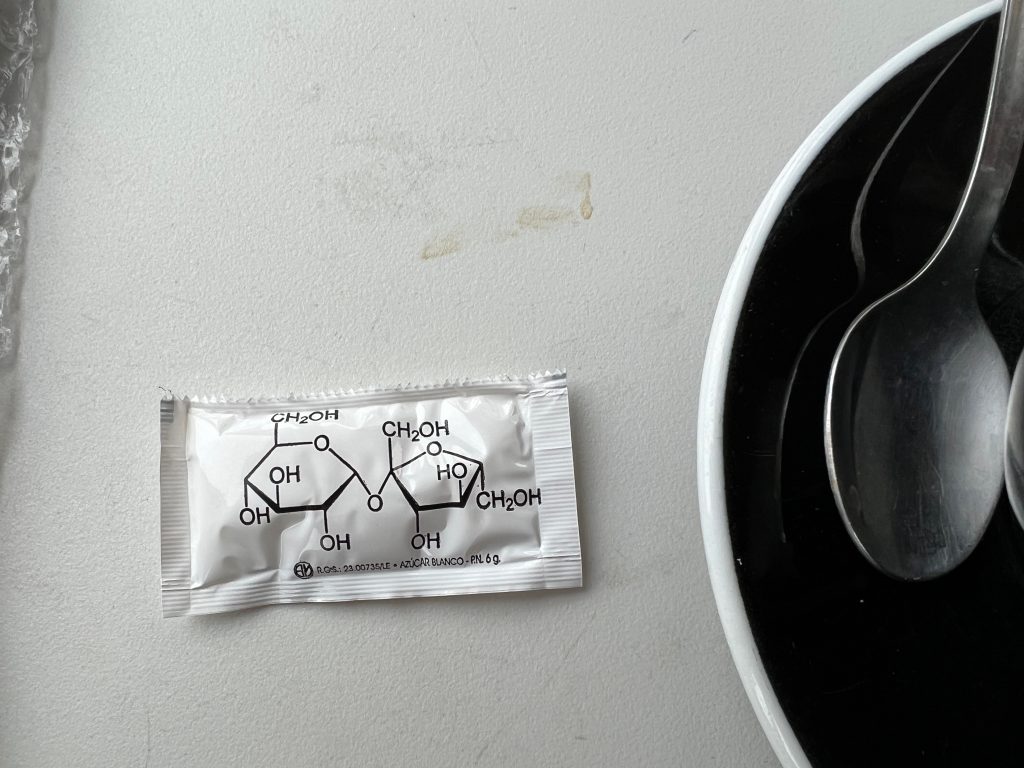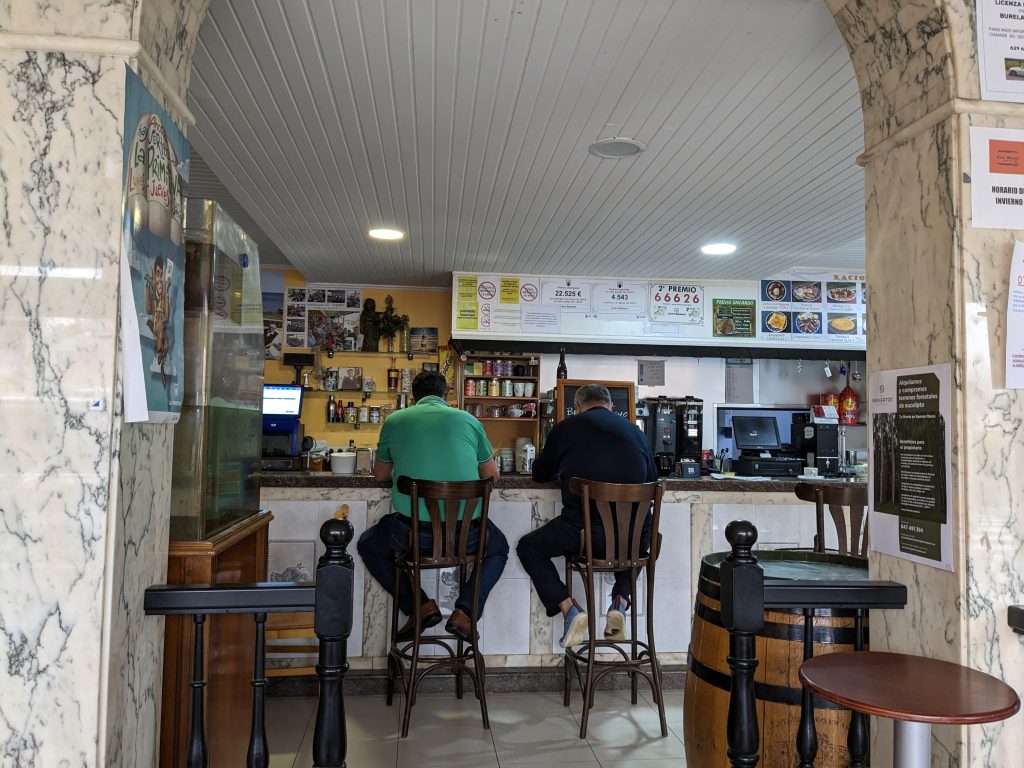We talk a lot about Caminos here so I thought I’d write a brief introduction to what people mean by Camino and what we mean by Camino, which is a bit different.
Caminos are modern versions of a Christian pilgrimage route which was popular from about 1100 to about 1400. It started from your front door and ended in Santiago de Compostela in northwest Spain. Like all pilgrimages, it was a demonstration of, and a sacrifice for, your faith. Completing the pilgrimage earned you a half indulgence (see Google for details).
There are dozens of Camino routes in Spain but the most popular one is the Camino Frances, which goes about 500 miles from just across the Spanish border in France into northeast Spain and then to northwest Spain. Many people (about 25%) walk it for religious reasons and most of the rest for spiritual reasons. The Santiago Cathedral issues compostelas, a certificate recognizing your Camino and they collect a number of statistics including your reason for walking. You can go to their website and see those statistics.
The typical pilgrim walks 12-20 miles a day so it takes 35-45 days. Every 5-10 miles along the route you can find albergues to spend the night in. Albergues are $7-20 a night for which you get a bunk bed in a dorm housing 4-50 people, showers, and access to a kitchen. Many albergues offer group meals.
Walking: 15 miles in a day might sound daunting, and it can be hard, but this is not tough hiking like the Appalachian trail. There are cafe-bars every few miles where you can stop for a cafe con leche or a beer, sit down and socialize from a while, and have a snack. And you have all day.
Pilgrims carry backpacks with all their things in it. But remember you don’t need to carry a tent or cooking equipment or much food. This is not like wilderness backpacking. The rule of thumb is to carry no more that 10% of your weight. You only need 2-3 sets of clothes because you generally do laundry by hand every night.
Walking issues: it might sound like fitness would be an issue walking 15 miles a day but your body adapts. A far more common problem is blisters, the plague of all Camino pilgrims. The Camino forum is full of advice for dealing with blisters. Ankle, knee, and hip problems are also common.
Community: on the Frances you have thousands of pilgrims (typically 250,000 a year) walking the same path, going in the same direction, going to the same place, walking for roughly similar reasons, staying together in the same albergues, eating together, and stopping at the same places. This creates a strong sense of community. Almost half of the pilgrims are walking alone but they are not alone for long. People talk about their “Camino family” of pilgrims walking together and people can form lasting friendships on the Camino.
Variations: I described a “typical” pilgrim but there are so many variations. There are backpack transfer services so you only need to carry a light day pack. Some people walk shorter days, say 8-10 miles. There are numerous taxi services so if you get tired you can call a taxi to shorten your walk. Most albergues offer private rooms for a higher fee and there are lots of hotels along the way that are quite cheap. Many pilgrims do not walk the entire 500 miles but start at intermediate points. Many pilgrims take buses or trains over sections that they don’t want to walk.
Many Europeans who don’t have to travel far and who work full time walk two weeks a years and complete a Camino over 2-3 legs.
Wynette and Charlie Caminos: since our first Camino in 2013, we have evolved our own version. We walk short days, usually 5-10 miles. We generally walk for about 30 days and go about 200-250 miles. we have stayed in albergues 5-10 times over the years, but usually stay in hotels. As we get older, in future years, we plan to move to using backpack transfer services, more taxis, and even shorter days.
Our 2023 Camino: so far we are not walking on an official Camino at all (although that will change in about a week). We have been walking the Ruta de Cantabrico which is a path build by the Galician government. It does not have albergues or any pilgrim services. And it has very few long distance walkers, at least this time of year. We have not met anyone walking it this year. We walked it in 2019 and met one other couple who were walking it. But northern Spain is a big tourist area so there are plenty of hotels and restaurants. We’ll explain more about the Ruta itself later.
